Hepatic lipidosis is one of the most common liver disease forms in cats, and can lead to potentially life-threatening consequences for your feline friend. The liver is responsible for numerous vital tasks, including protein synthesis, digestion, body detoxification, metabolism, fat emulsification, producing coagulation factors, and decomposing red blood cells (RBCs). When the liver loses the ability to function properly, the body can’t compensate. Our Animal Hospital of Stoney Creek team knows that this disease can be devastating, and we offer information about hepatic lipidosis and reducing your cat’s risk.
What is hepatic lipidosis in cats?
Typically, when the body is starved, fat stores are automatically mobilized to the liver for conversion to lipoproteins to provide energy. But, the cat’s body cannot convert large fat stores, so when a cat is undernourished, the fat that goes to the liver is not processed properly, accumulates in the liver tissue, and inhibits the organ’s ability to function. This can happen for several reasons, including:
- Reduced appetite — Any condition that causes a cat to go for long periods without eating, including pain, stress, illness, rapid diet change, or being trapped in a closet without food, can trigger hepatic lipidosis.
- Increased energy requirements — Conditions such as cancer and hyperthyroidism can increase a cat’s energy requirements and lead to hepatic lipidosis.
- Reduced ability to use energy — Conditions such as pancreatitis and diabetes inhibit the cat’s ability to break down, absorb, and use energy from food, which can lead to hepatic lipidosis.
Usually, hepatic lipidosis is a secondary condition that affects cats with an underlying health condition, such as diabetes, hyperthyroidism, lymphoma, inflammatory bowel disease, kidney disease, obesity, pancreatitis, or hyperthyroidism.
What are hepatic lipidosis signs in cats?
Since the liver is involved in so many bodily functions, conditions such as hepatic lipidosis that inhibit the organ’s ability to function can result in numerous signs, including:
- Prolonged inappetence
- Weight loss and muscle wasting
- Jaundice (i.e., yellowing of the ears, eyes, gums, skin)
- Lethargy
- Increased thirst and urination
- Diarrhea
- Vomiting
- Petechiae (i.e., pin-sized red areas on the gums, ears, mucous membranes)
- Unexplained bruising
- Nose bleeds
- Blood in the urine or stool
- Swollen abdomen
- Seizures
How is hepatic lipidosis diagnosed in cats?
Our team may suspect hepatic lipidosis based on your cat’s history and clinical signs. Potential diagnostic tests include:
- Complete blood count (CBC) — Hepatic lipidosis typically causes nonregenerative anemia and a stress leukogram, which is characterized by a neutrophil increase and lymphocyte and eosinophil decrease.
- Biochemistry profile — Most affected cats have markedly elevated liver enzymes, and frequently have electrolyte abnormalities.
- Coagulation profile — More than 50% of cats with hepatic lipidosis have coagulation profile abnormalities.
- Blood gas evaluation — Many cats with hepatic lipidosis have metabolic acidosis.
- Urinalysis — Potential urinalysis abnormalities include lipid accumulation, bilirubin pigmentation, and an increased urine specific gravity.
- Ultrasound — An abdominal ultrasound helps evaluate the liver’s architecture and size, which is usually enlarged.
- Biopsy — Microscopic evaluation of liver cells may be necessary to confirm hepatic lipidosis.
How is hepatic lipidosis treated in cats?
Nutritional support is the most important factor in hepatic lipidosis treatment and involves administering a high level of nutrition for six to seven weeks until the liver can function normally and mobilize the excessive fat stores. A feeding tube is usually placed to help ensure your cat gets the nutrition they need. Depending on your cat’s condition, they may also need medications to support liver function and decrease nausea, and intravenous fluids to correct dehydration and electrolyte imbalances.
Your cat can go home when they are stabilized, and you can continue feeding them through their feeding tube—our team can provide specific instructions for this task. About once a week, you can offer your cat a small amount of their favorite food to see if their appetite has returned. When they start eating on their own, you should gradually decrease the amount you administer through the feeding tube. When they eat well enough on their own and don’t require supplemental food, our team will remove their feeding tube.
How is hepatic lipidosis prevented in cats? 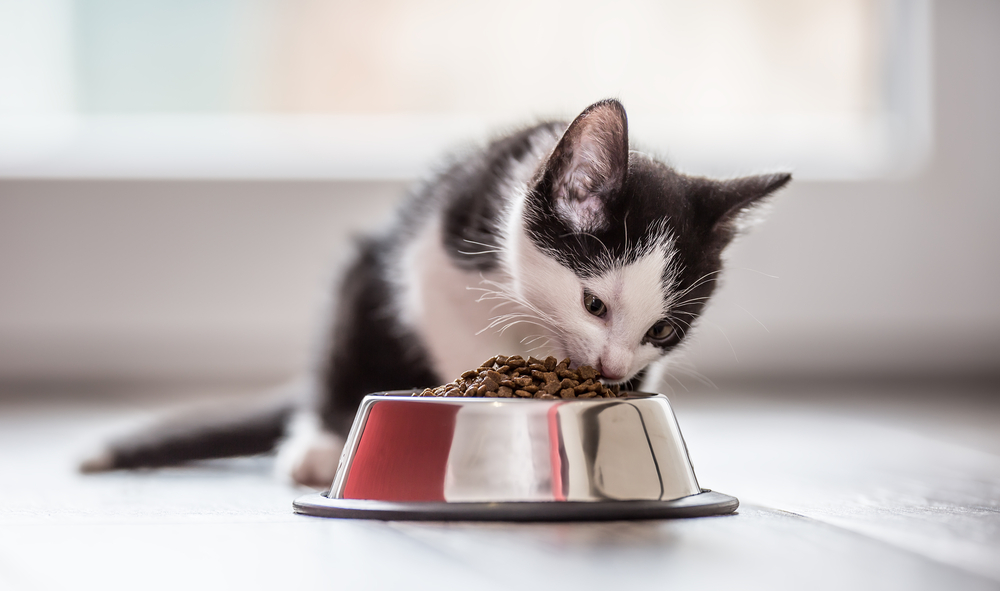
Tips to decrease your cat’s hepatic lipidosis risk include:
- Keeping your cat at a healthy weight — Overweight cats are at increased risk for hepatic lipidosis. Weigh your cat, calculate their daily energy requirements, and measure their meal portions accurately to ensure they aren’t overfed.
- Scheduling regular wellness examinations — Schedule regular wellness examinations, so our team can detect conditions, such as diabetes, hyperthyroidism, and kidney disease, in the early stages before complications, such as hepatic lipidosis, occur.
- Monitoring your cat’s eating habits — Monitor your cat’s eating habits, and seek veterinary care if they exhibit a reduced appetite.
- Reducing your cat’s stress — Stressed cats are more likely to stop eating. To reduce your cat’s stress, ensure they have appropriate resources, provide adequate mental and physical exercise, and prevent bullying if you have multiple cats in your home.
Hepatic lipidosis is a concerning condition, but you can take steps to reduce your cat’s risk. If your cat has a decreased appetite, contact our Animal Hospital of Stoney Creek team quickly. We will evaluate their liver health and devise an appropriate treatment strategy to prevent hepatic lipidosis from being triggered.



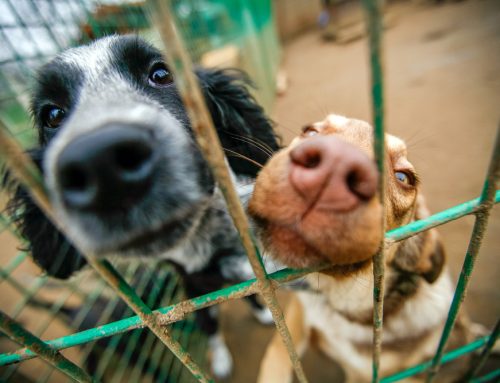
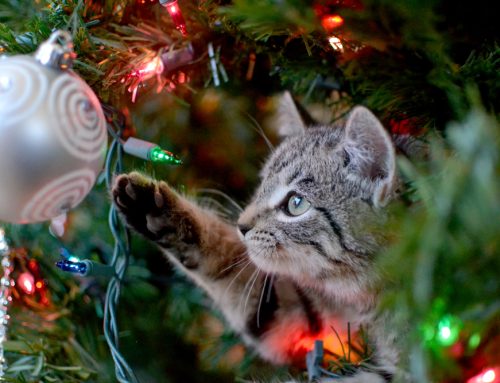

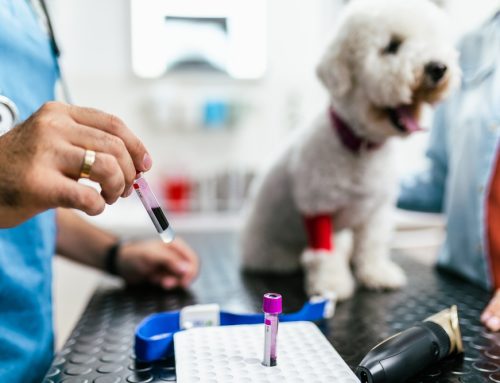
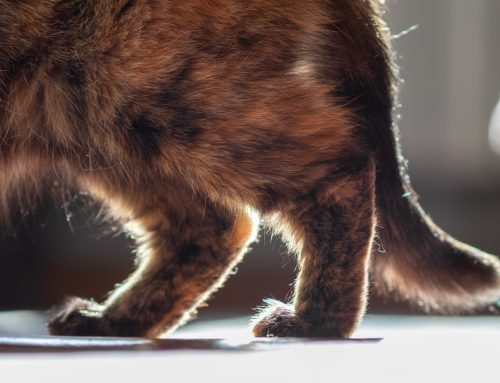
Leave A Comment